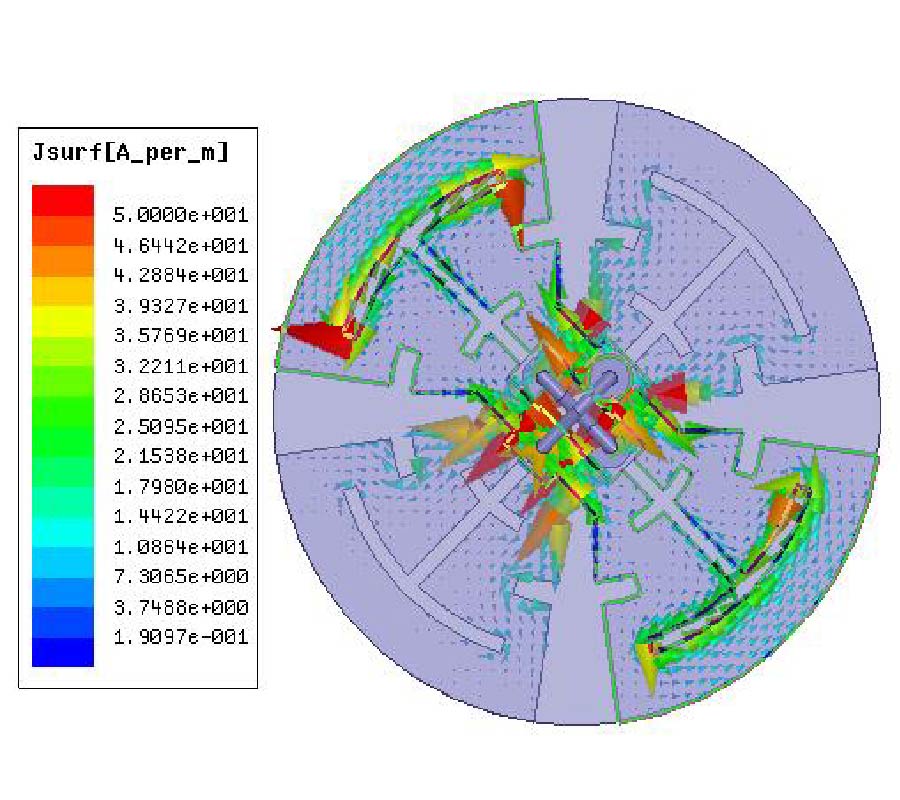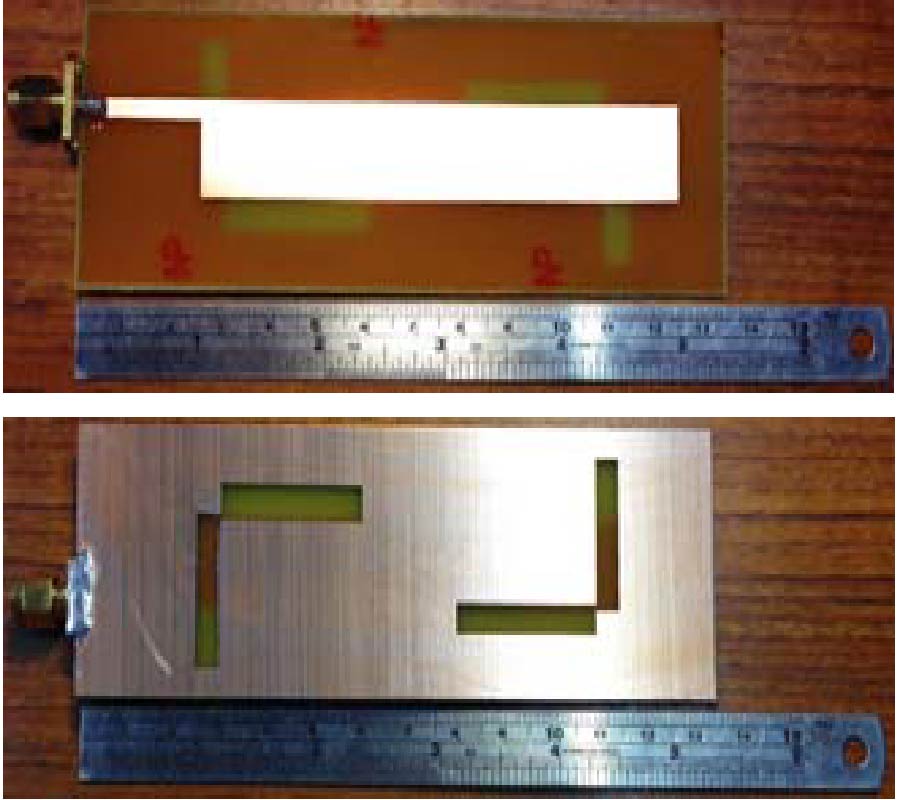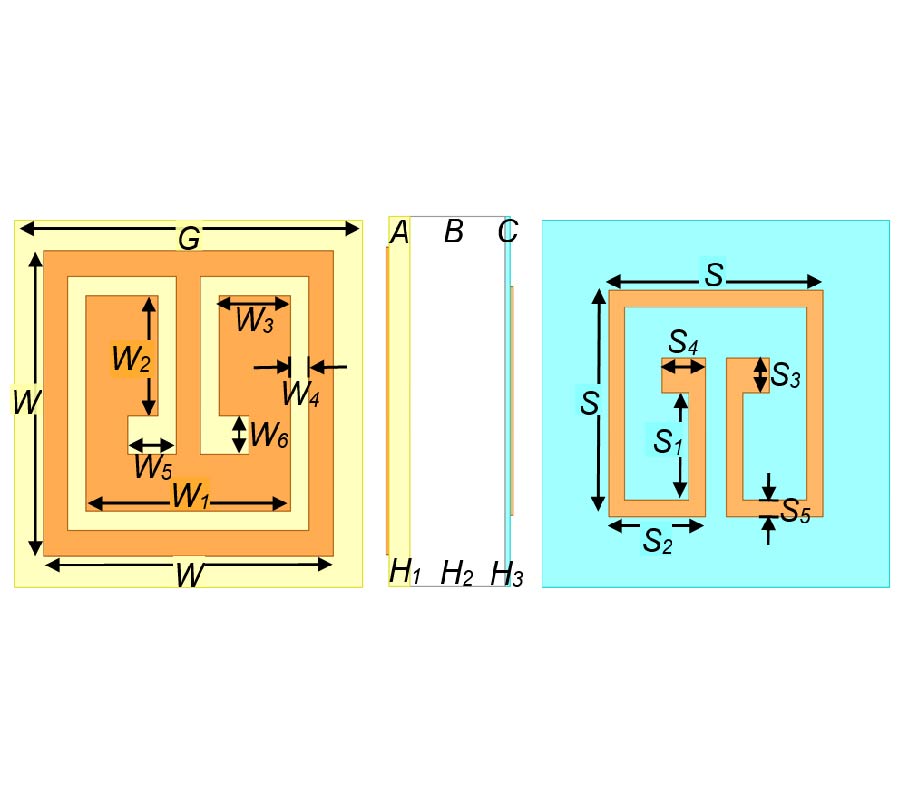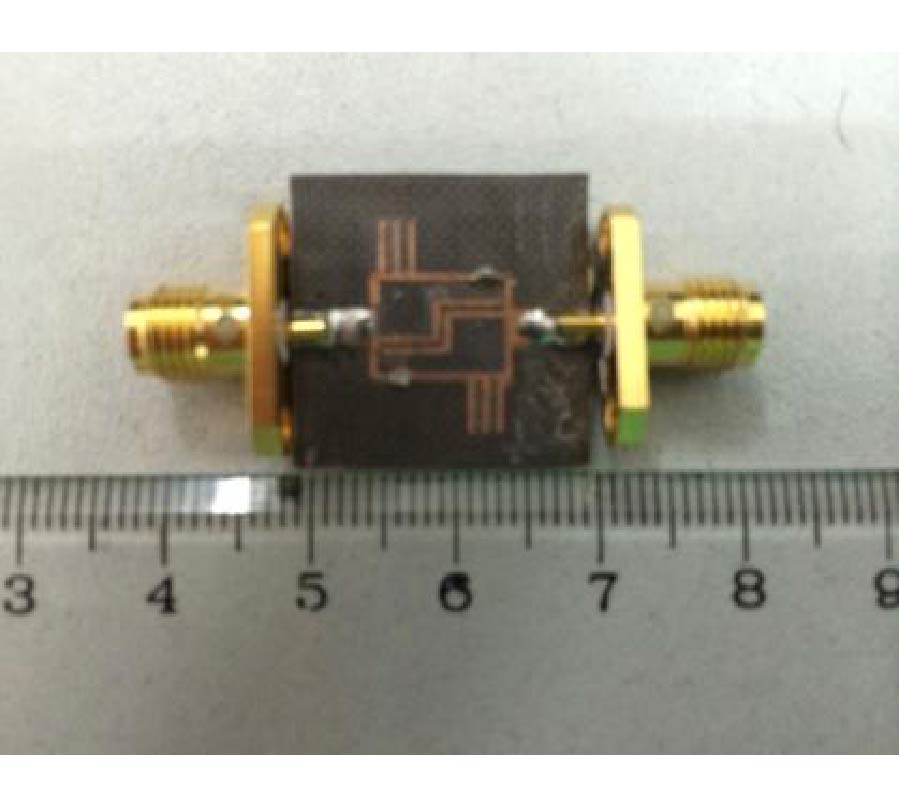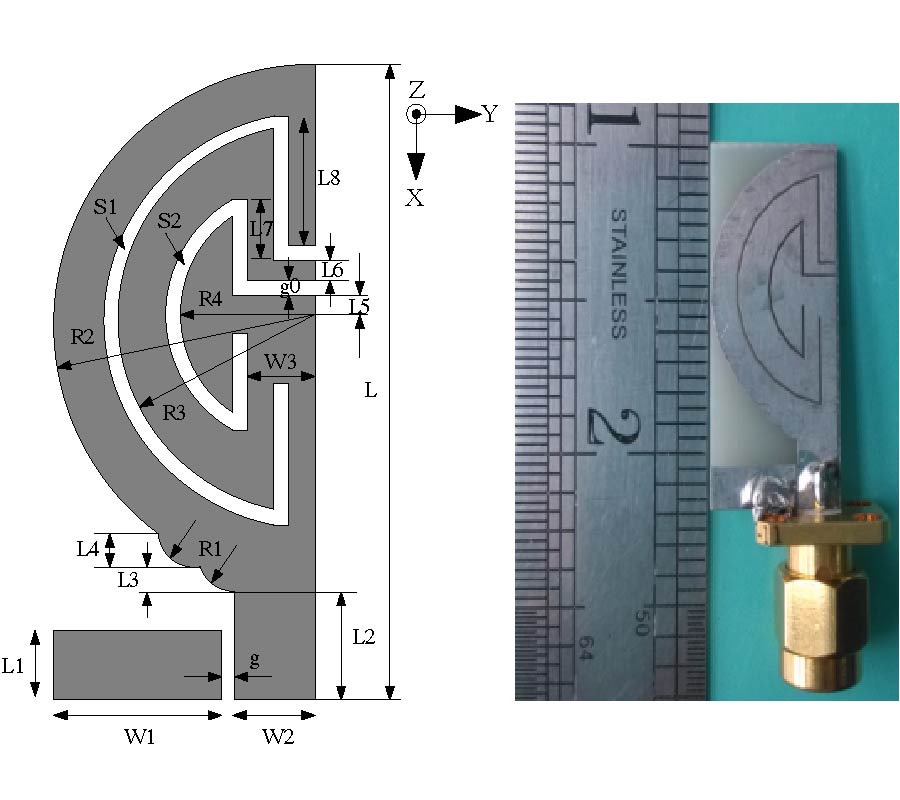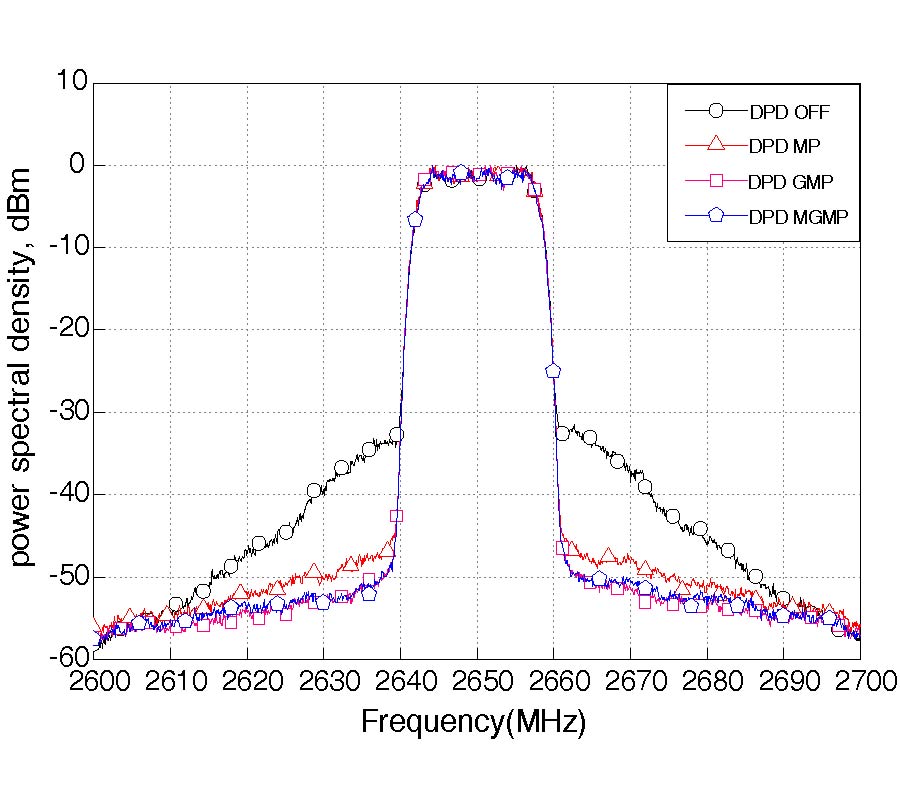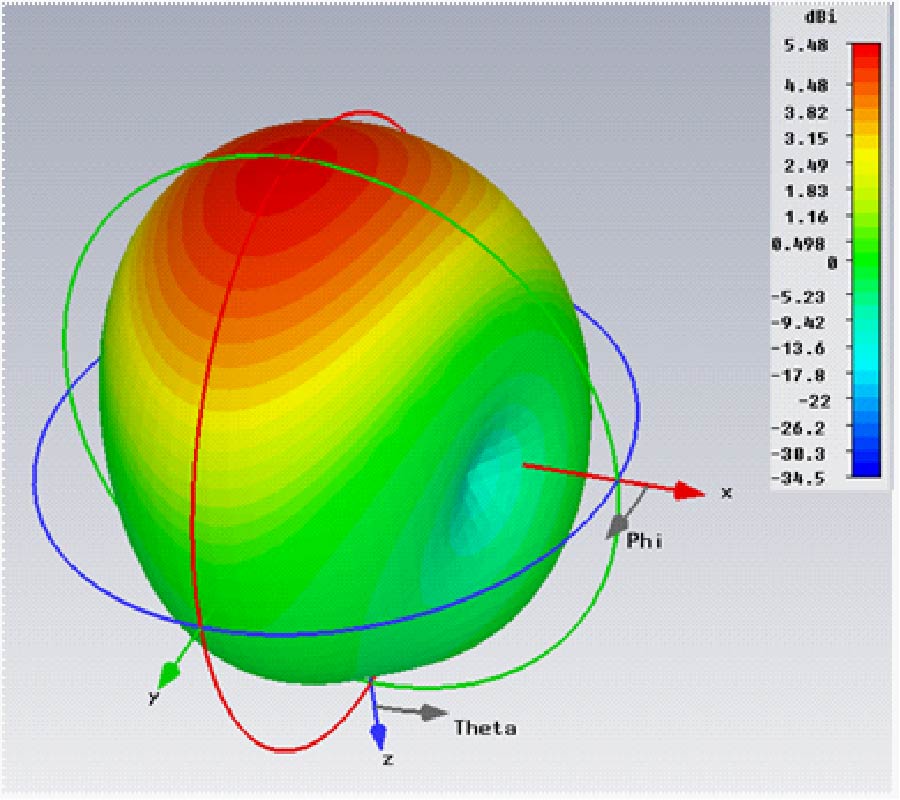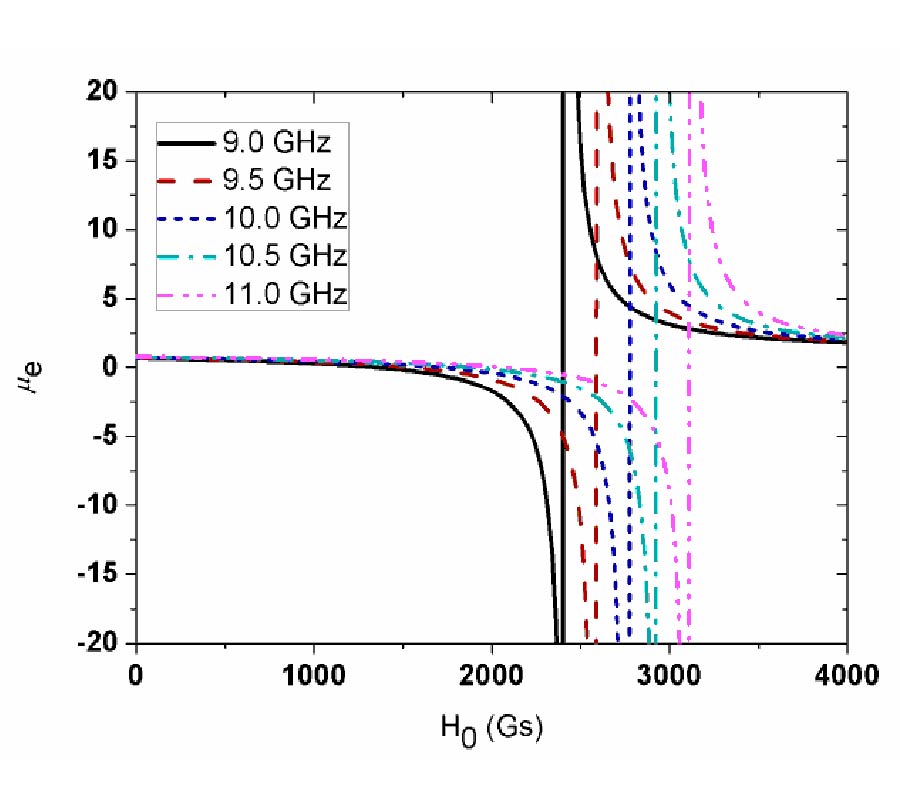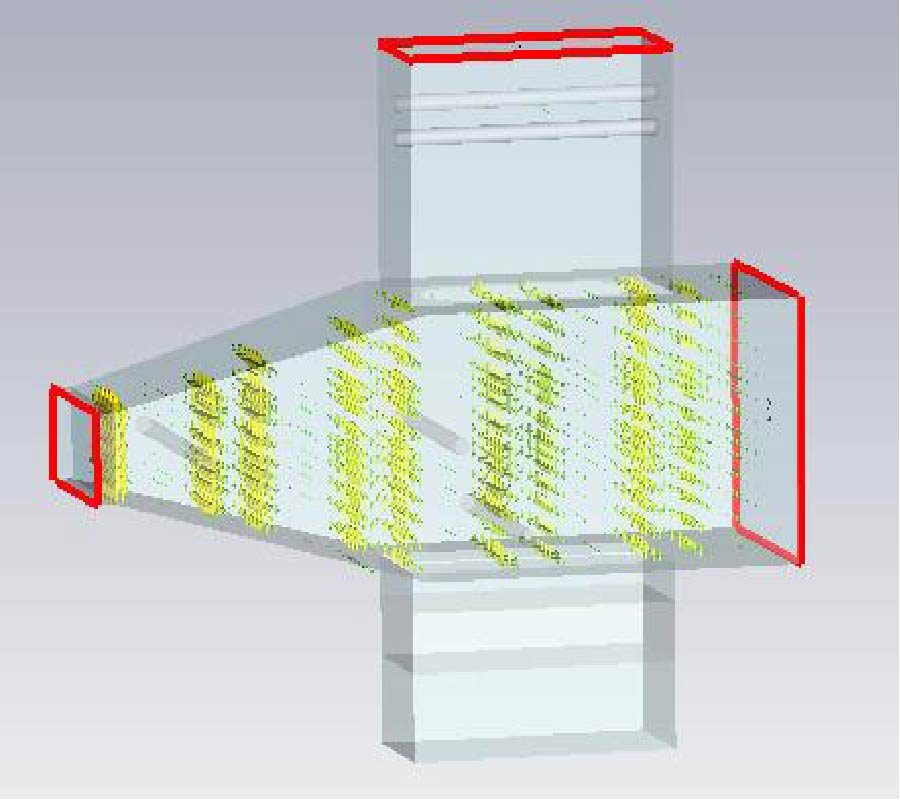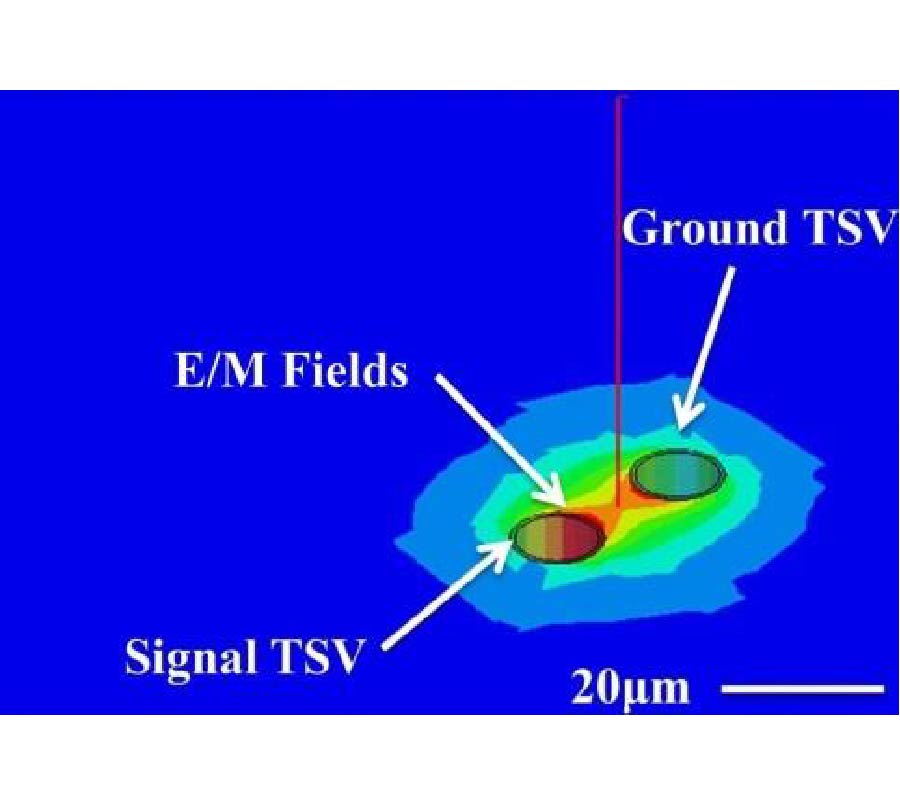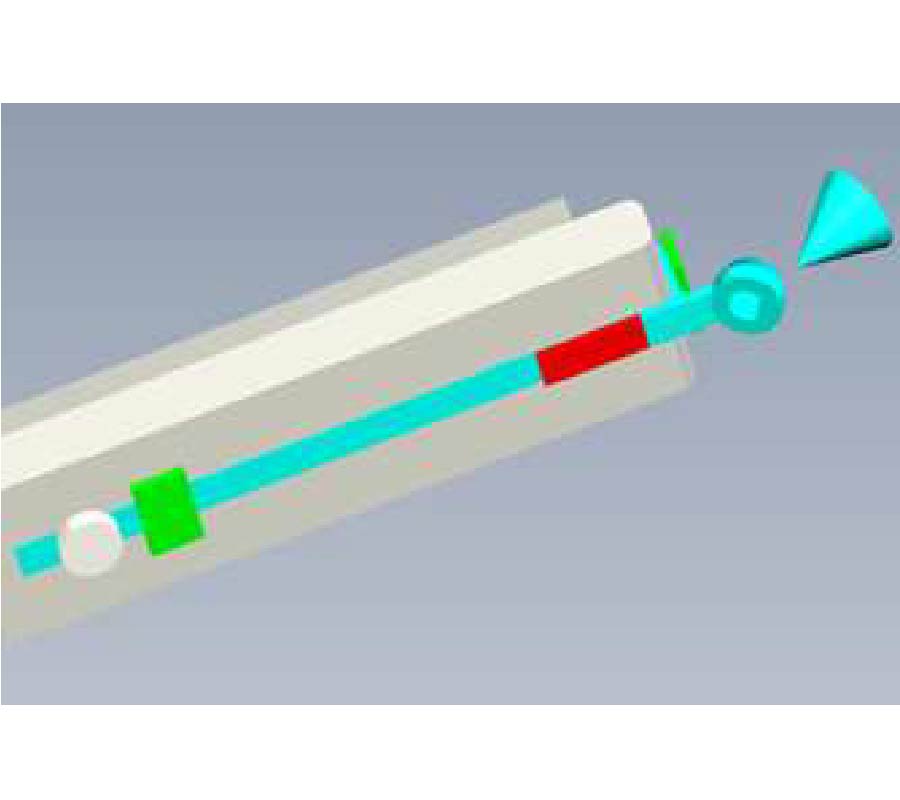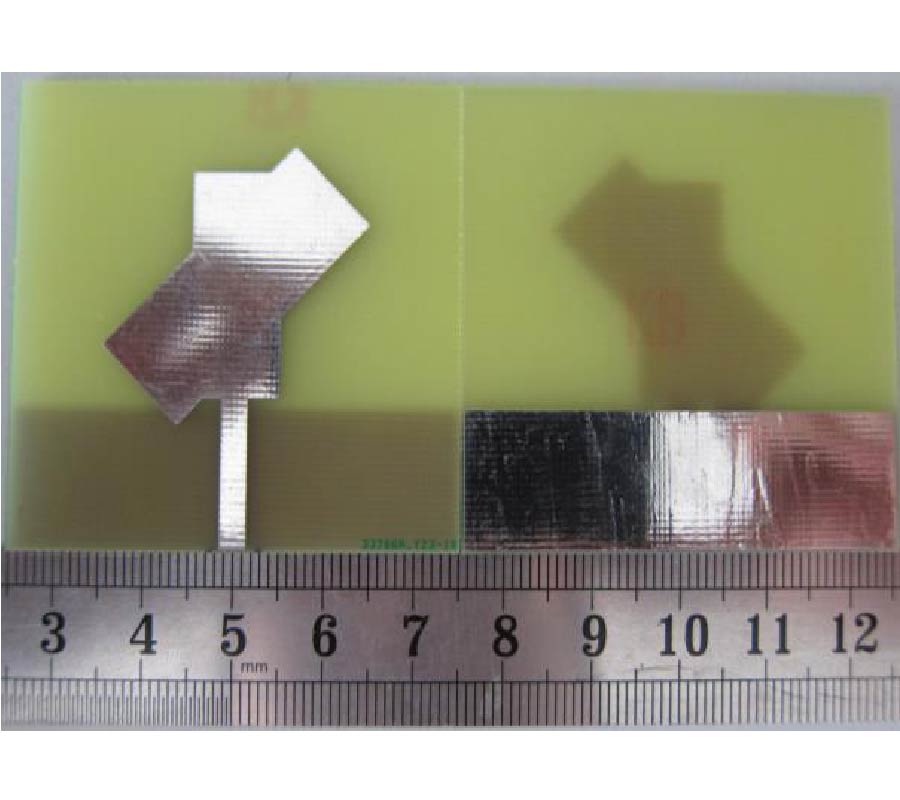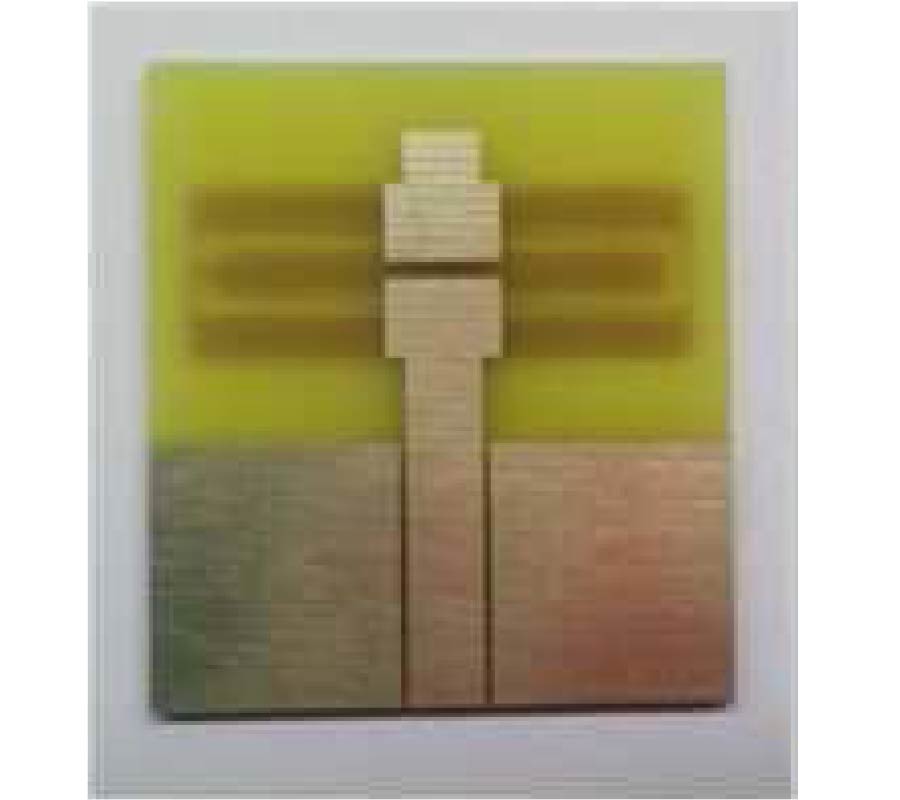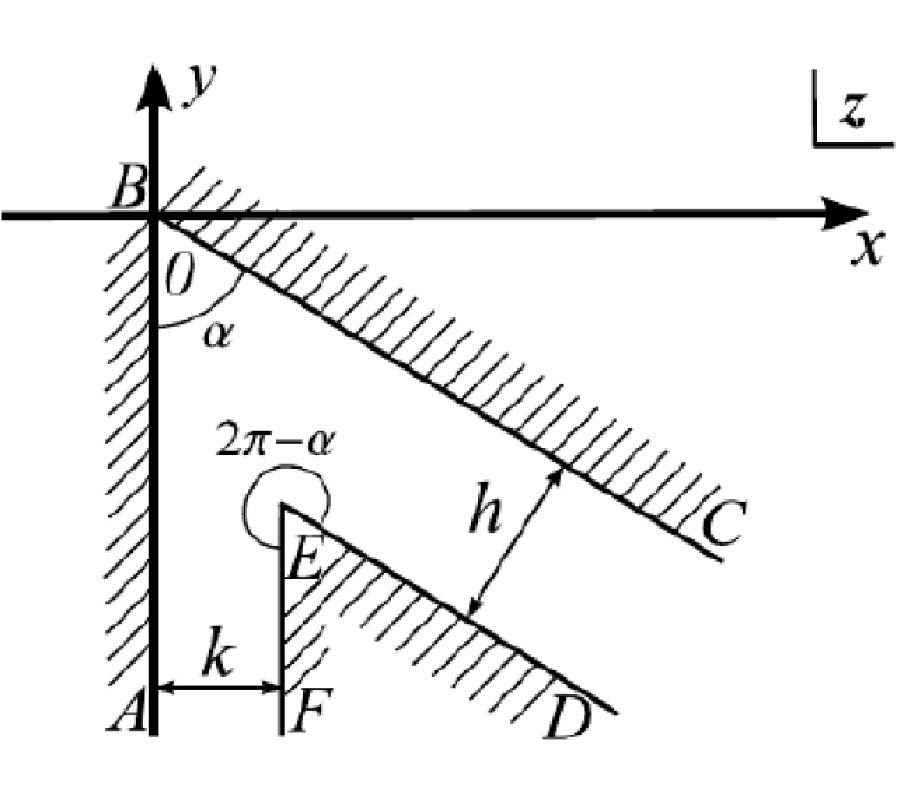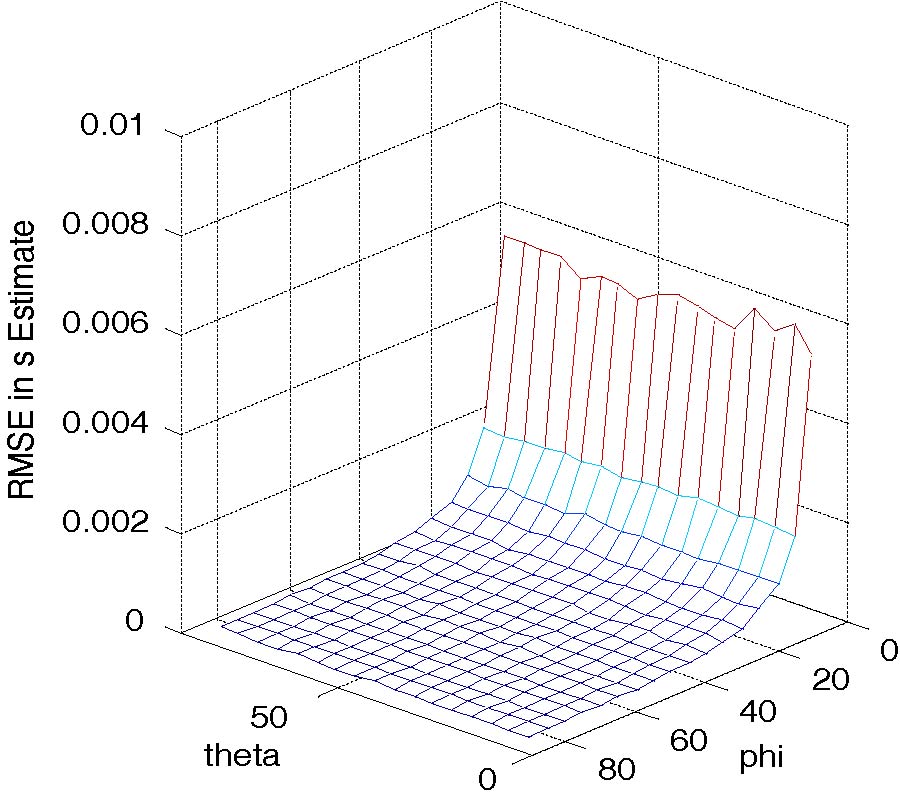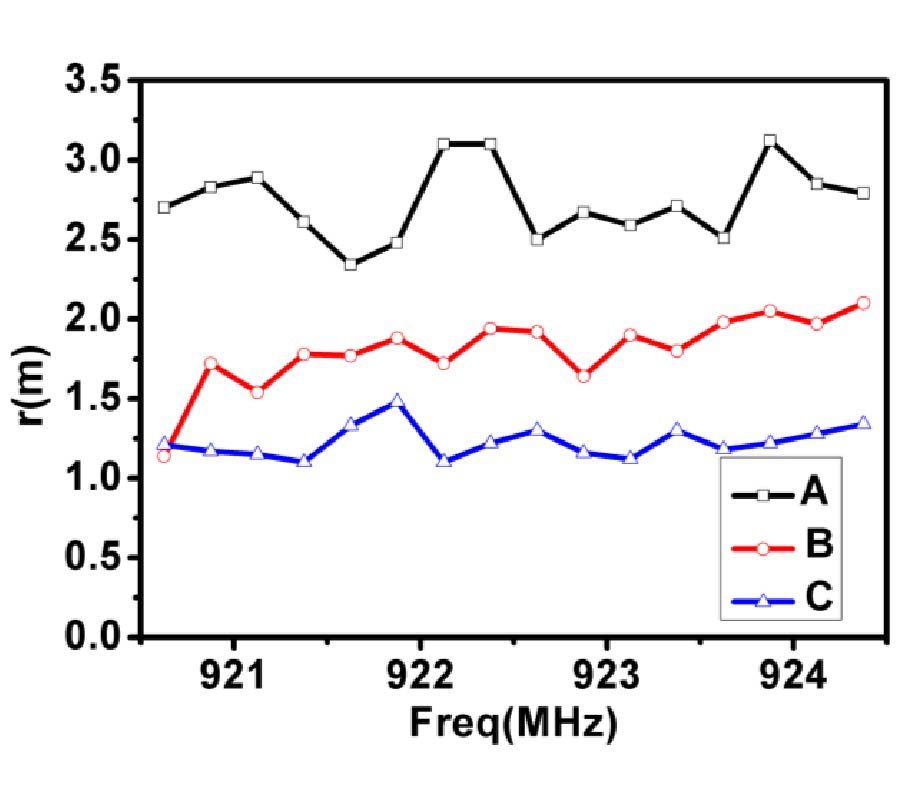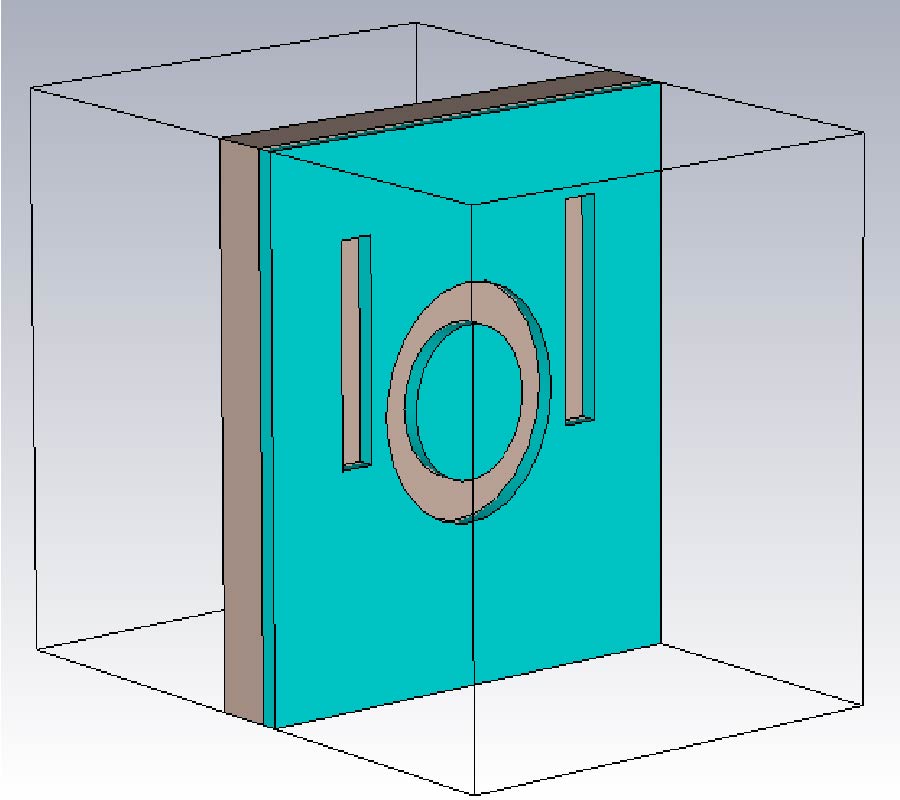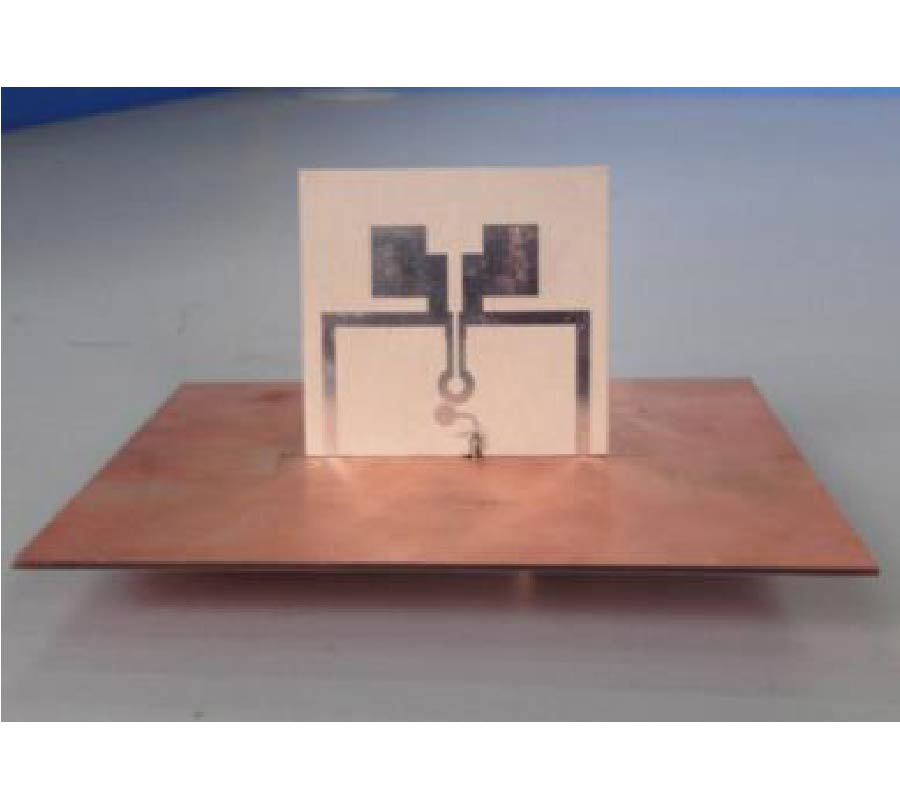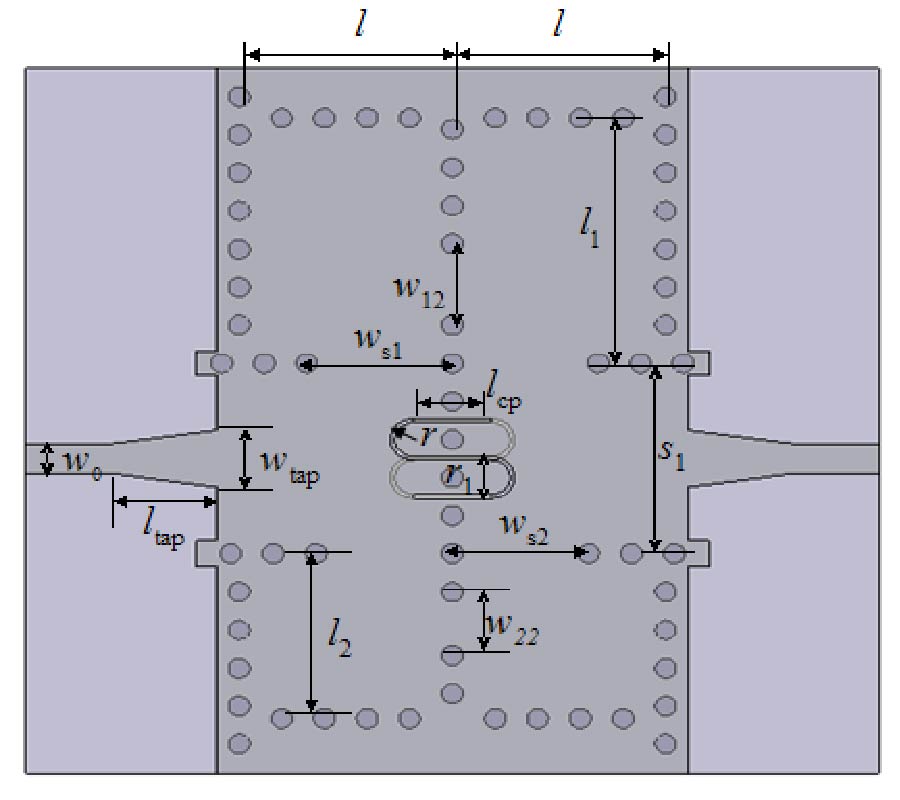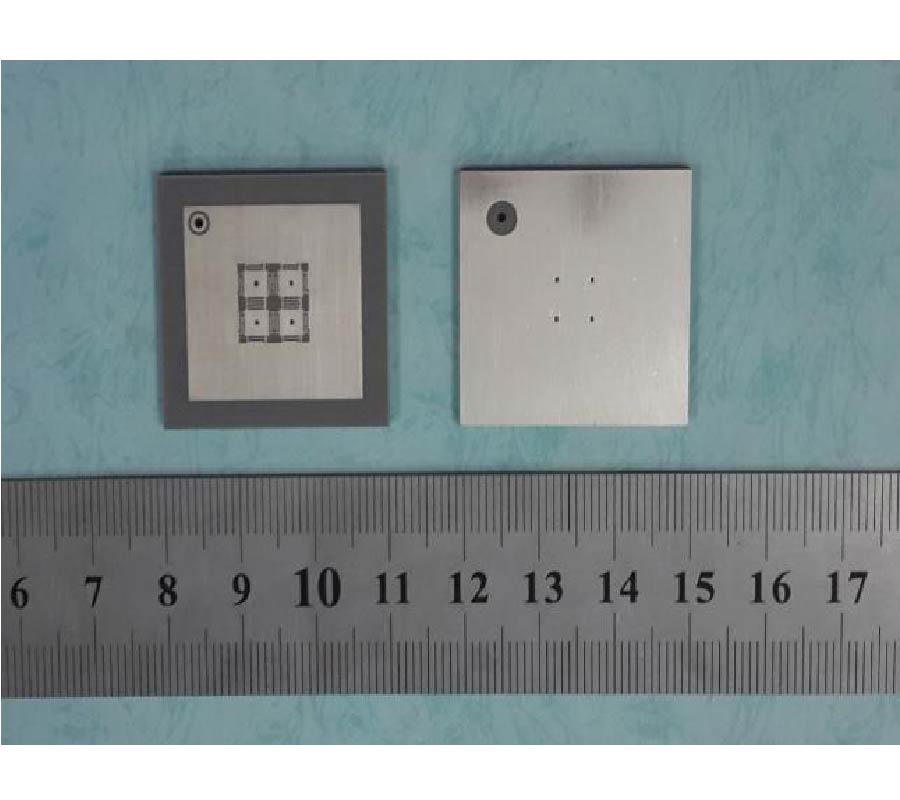2014-08-08 Latest Published
By Jian Ren
Bo Wang
Ying-Zeng Yin
Progress In Electromagnetics Research Letters, Vol. 47, 131-137, 2014
Abstract
A coax-feed low profile dual-polarized circular patch antenna with ±45˚ polarization is presented. The antenna consists of a dual-polarized circular patch excited by two coax-lines and an AMC reflector. By using the AMC reflector as the ground plane of the patch antenna, the profile of the antenna is reduced to λ/8 of the operation frequency, which is much lower than that of the conventional dual-polarized patch antenna. The experimental results show that the proposed design obtains a wide bandwidth (2.12-2.77 GHz) and a high isolation (>35 dB) over the entire band. In addition, the front-back radio of the antenna is improved significantly by using the AMC reflector. The wide bandwidth, low-profile and high front-to-back ratio make the antenna a good candidate as a base station antenna for WLAN, WiMAX and LTE applications.
